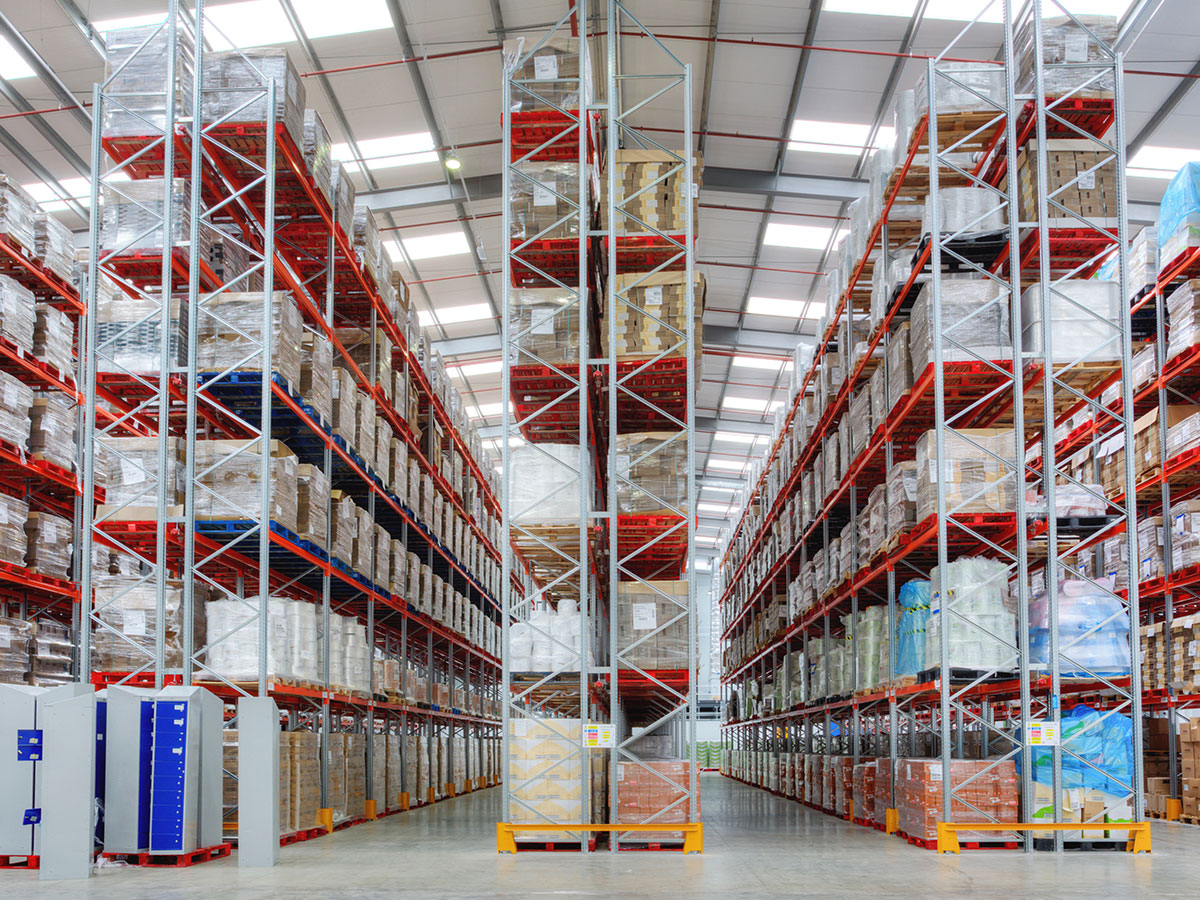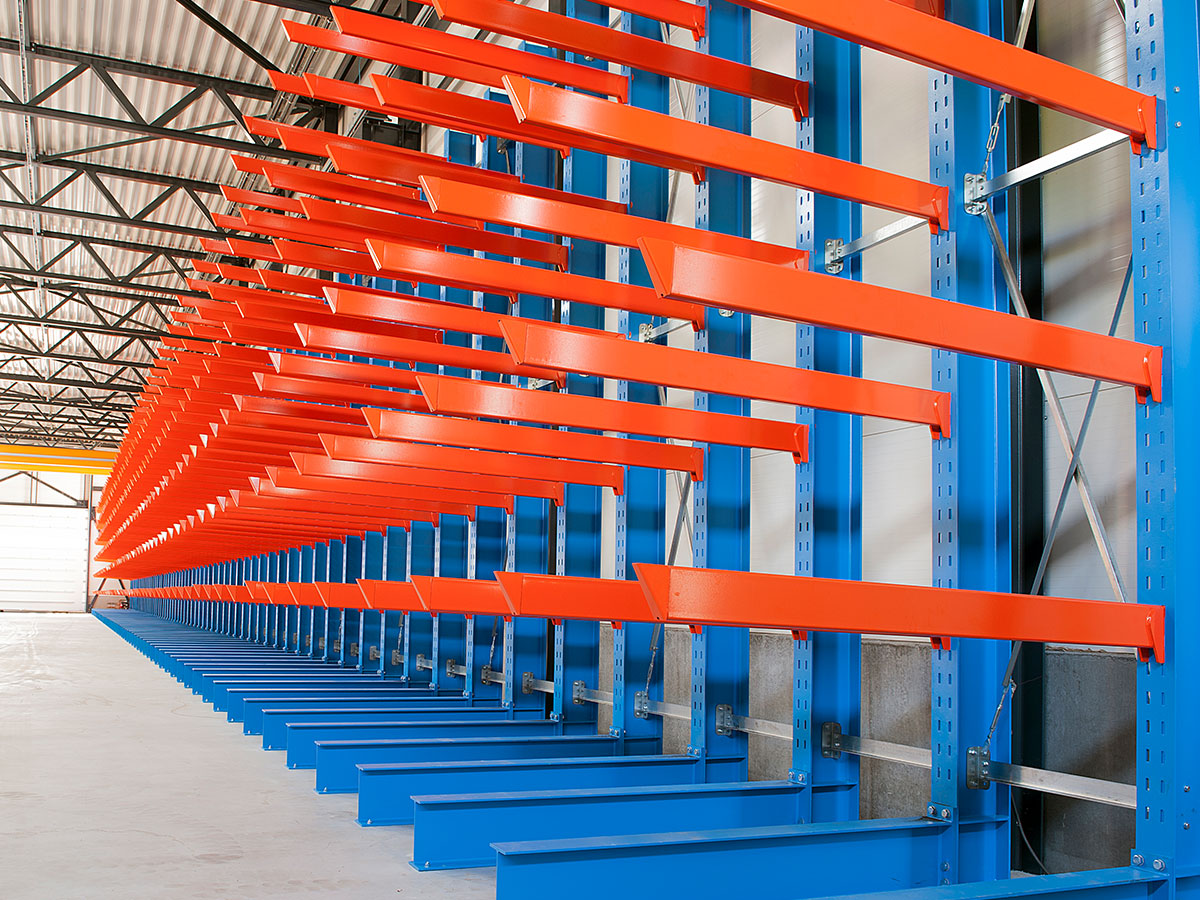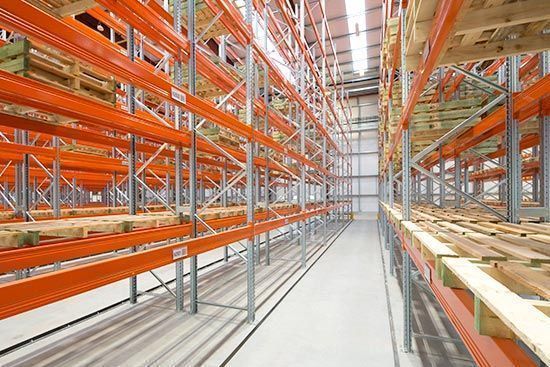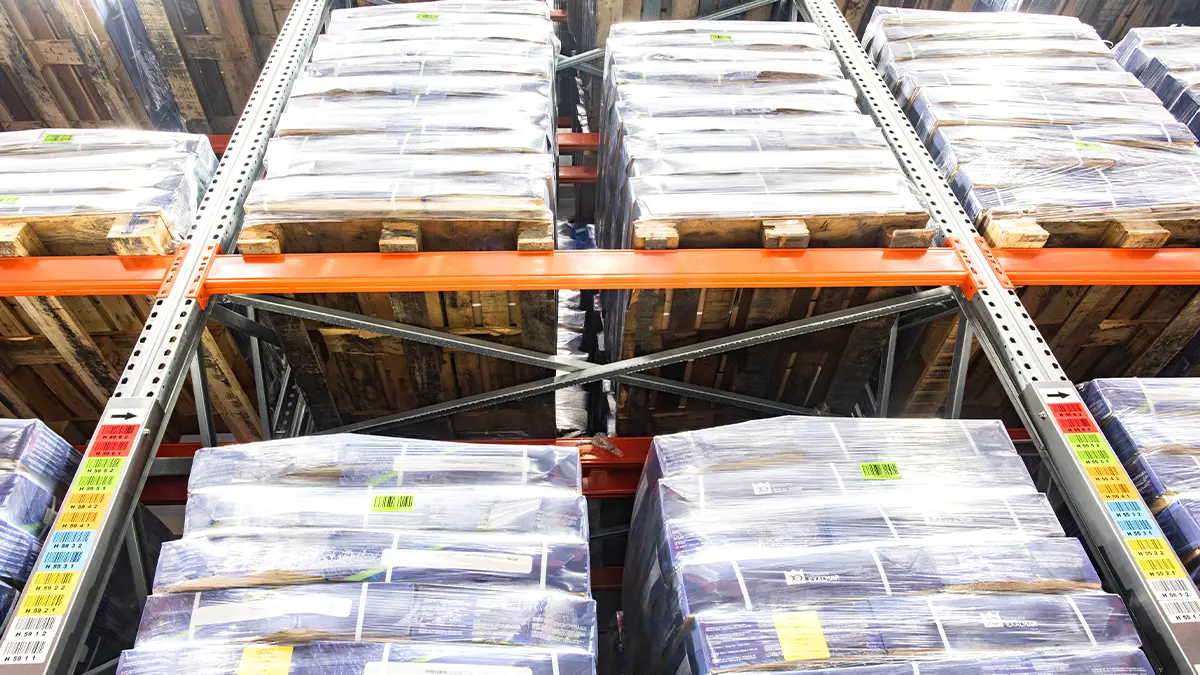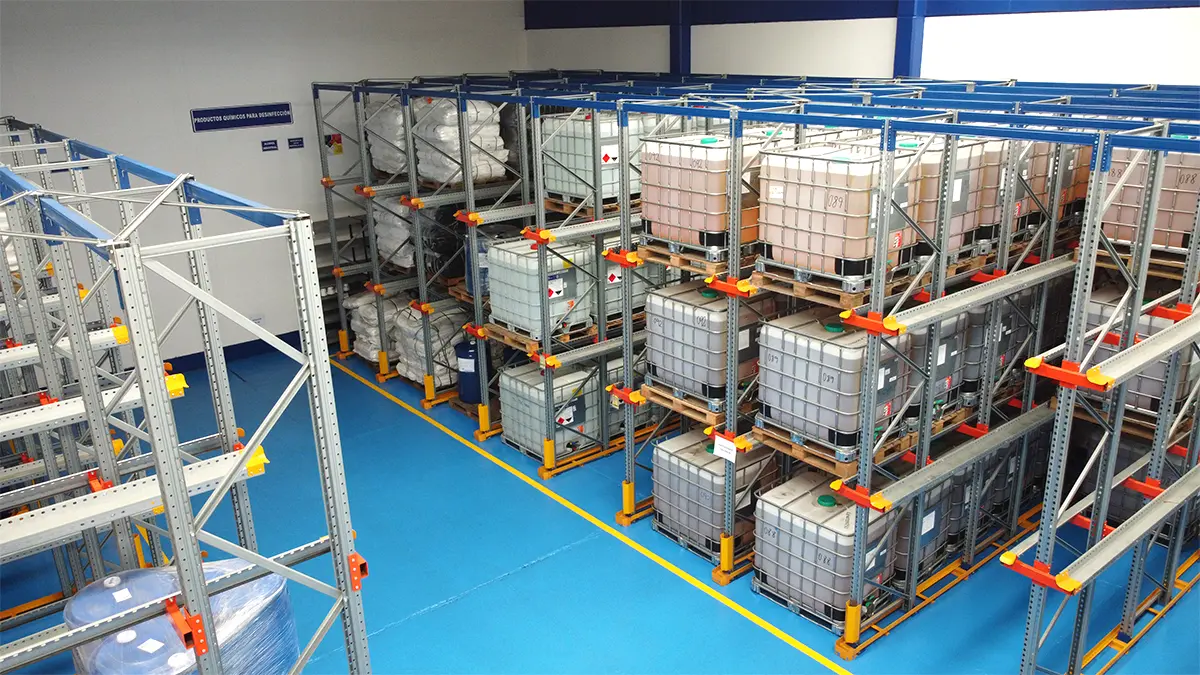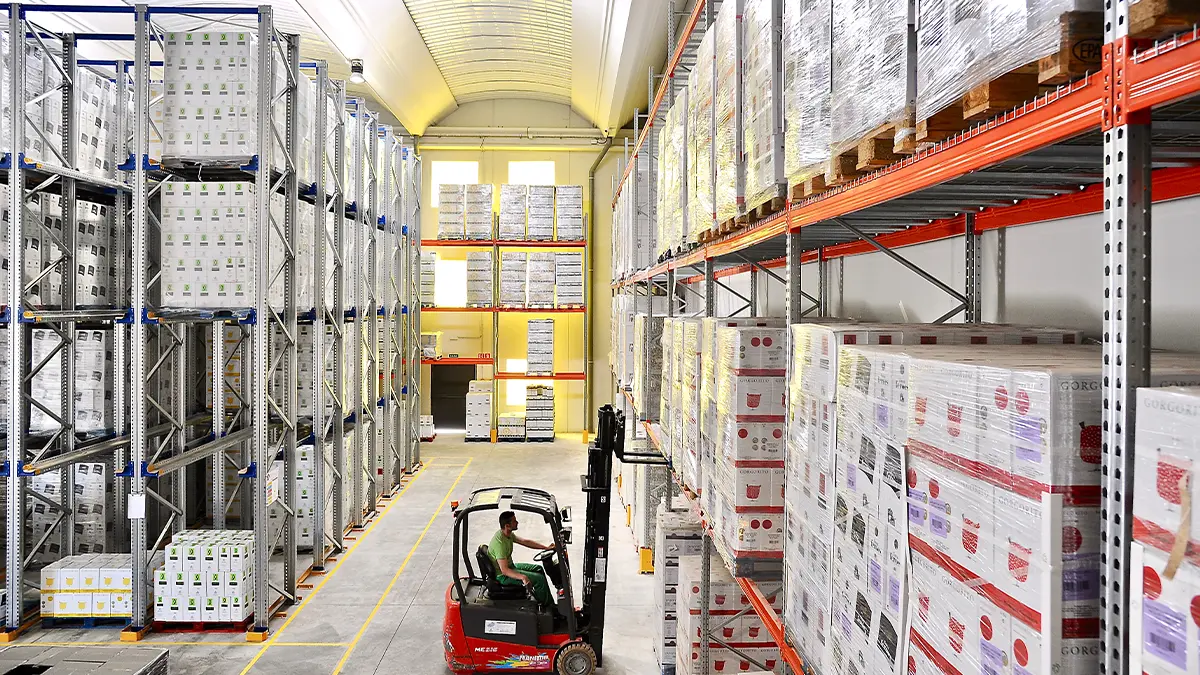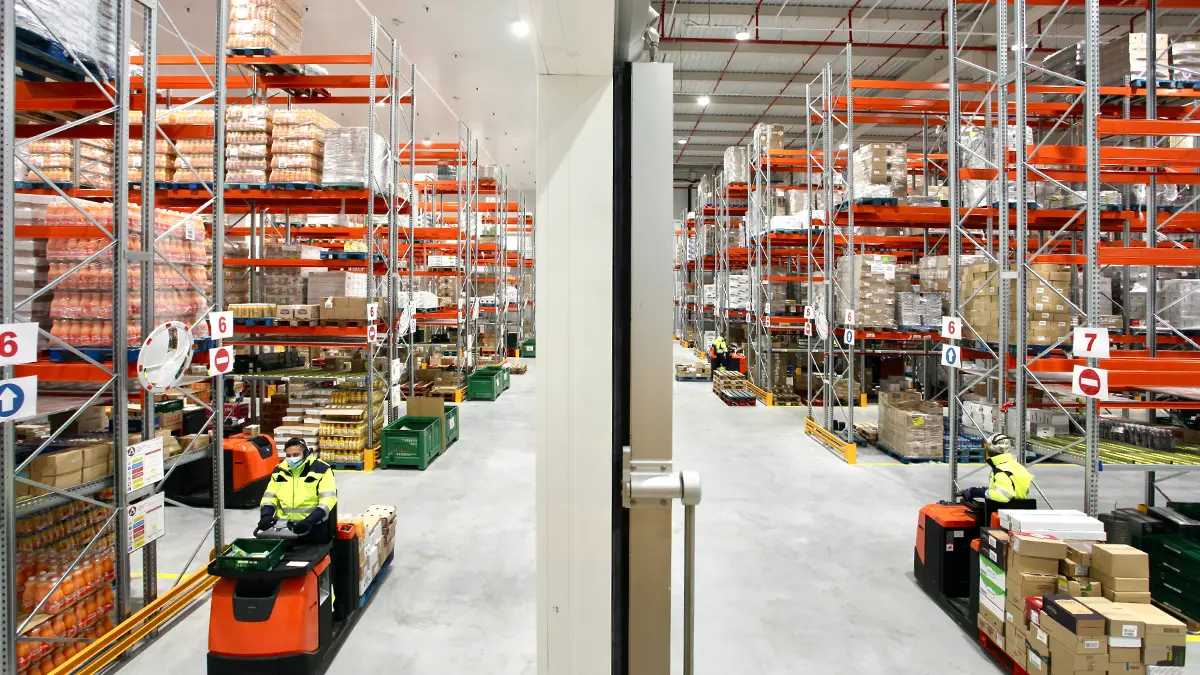The European pallet, also known as the europallet, is a fundamental element in modern logistics and storage. Its standardisation has allowed for greater efficiency in the transport and handling of goods globally.
This article will explore the dimensions and characteristics of the European pallet, as well as its importance in sustainability and the industrial racking systems from AR Racking that adapt to this type of pallet.
Origin of the European pallet
The European pallet emerged in the 1960s as a solution to unify the dimensions and characteristics of pallets used in Europe. Standardisation facilitated trade and logistics between countries, reducing costs and improving efficiency. The European Pallet Association (EPAL) was founded to oversee the production and quality of europallets, ensuring they met established standards.
Dimensions and weight of the European pallet
The European pallet has standard dimensions of 1,200 x 800 mm, length by width, and a height of 144 mm.
Its approximate weight is 25 kg and it can support a load of up to 1,500 kg in static and 1,000 kg in dynamic.
Compared to other types of pallets, such as the American pallet which measures 1,200 x 1,000 mm, the europallet is more compact and manageable. These standardised dimensions allow for greater efficiency in storage and transport, as they can be easily stacked and handled with handling equipment such as forklifts and pallet jacks.
Characteristics of the European pallet or europallet
- Manufacturing materials: Mainly wood, although there are also versions in plastic and metal. The wood used comes from sustainable sources and is treated to comply with international phytosanitary regulations.
- Structure and components: Includes nine blocks and three skids, which provide stability and strength. The blocks are arranged to allow forklift forks to access from any side.
- Regulation: Complies with UNE-EN 13698-1, which guarantees its quality and safety. This regulation establishes the requirements for the manufacture, repair, and reuse of europallets, ensuring their durability and reliability in daily use.
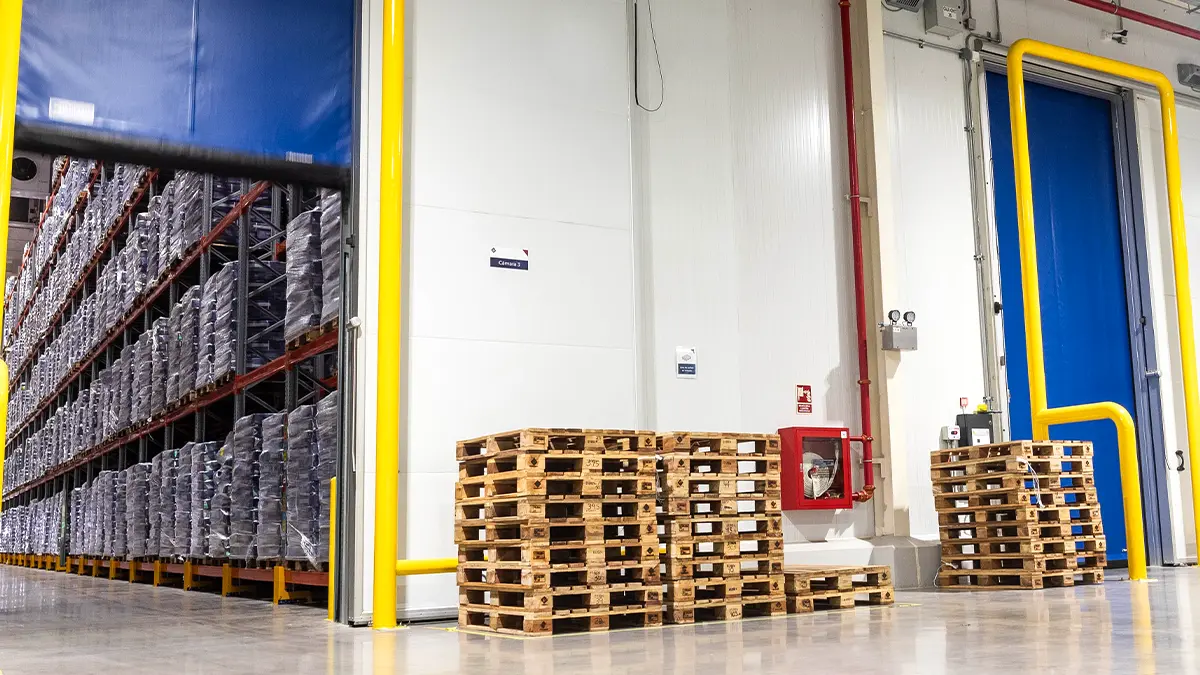
Advantages of using the European pallet
The use of the European pallet offers multiple advantages, such as efficiency in storage and transport, compatibility with automated and manual handling systems, and a positive impact on the supply chain by reducing operational times and costs. Additionally, its standardisation facilitates the exchange of pallets between different companies and countries, promoting smoother and more efficient logistics.
Sustainability of the European pallet
The European pallet is a sustainable option due to its reusability and recyclability. The wood used comes from sustainable sources and its life cycle promotes the circular economy, reducing the carbon footprint and contributing to environmental protection. Wooden pallets can be repaired and reused several times before being recycled at the end of their useful life. This sustainable approach not only reduces environmental impact but also offers economic benefits by extending the life of pallets and reducing the need to produce new ones.
AR Racking systems for European pallets
AR Racking offers a wide range of racking systems specifically designed to optimise the storage of europallets. Below are some of the most notable systems:
Pallet Shuttle:
The semi-automatic high-density system uses motorised satellite carts to transport europallets autonomously within the rack, making it ideal for warehouses with high product turnover and allowing FIFO and LIFO management. Its advantages include space optimisation by storing in depth without the need for access aisles, safety by reducing the risk of accidents, and maintenance cost savings.
Live Storage Pallet Racking:
Equipped with inclined rollers, these racks use gravity to move europallets, making them ideal for FIFO management, allowing the first pallets in to be the first out. Advantages include speed, as europallets automatically move towards the exit, reducing travel times, productivity with a higher stock flow and better space utilisation, and stock control, facilitating inventory management and product rotation.
Adjustable Pallet Racking:
Versatile and robust, these racks are designed to store europallets efficiently and safely, being compatible with forklifts and other handling equipment. Advantages include flexibility, as they can be adapted to different types of loads and storage needs.
Drive-In/Drive Through Racking:
These racks allow deep storage, eliminating aisles between racks and being ideal for large volumes of homogeneous products. Advantages include space maximisation by storing a large number of europallets in a reduced space, and cost reduction due to the lower need for space and reduced operational costs.
Push-Back Racking:
The accumulation storage system allows up to four europallets to be stored in depth per level, moving backwards on carts over inclined rails. Advantages include higher storage density by allowing several europallets to be stored on a single level, and easy access, facilitating quick and efficient access to pallets.
Mobile Pallet Racking:
Racks mounted on mobile bases move laterally, allowing only the necessary aisle to be opened to access the europallets. Advantages include space saving by maximising the use of available space, and improved storage capacity.
Cantilever Racking:
Designed to store long and bulky loads, such as pipes and profiles, these racks can also be adapted to store europallets in certain cases. Advantages include flexibility by allowing different types of loads to be stored, facilitating access to stored products.
These AR Racking solutions are designed to optimise storage space, improve operational efficiency, and ensure safety in the handling of European pallets. Each type of racking offers specific advantages that adapt to the needs of different industrial sectors.
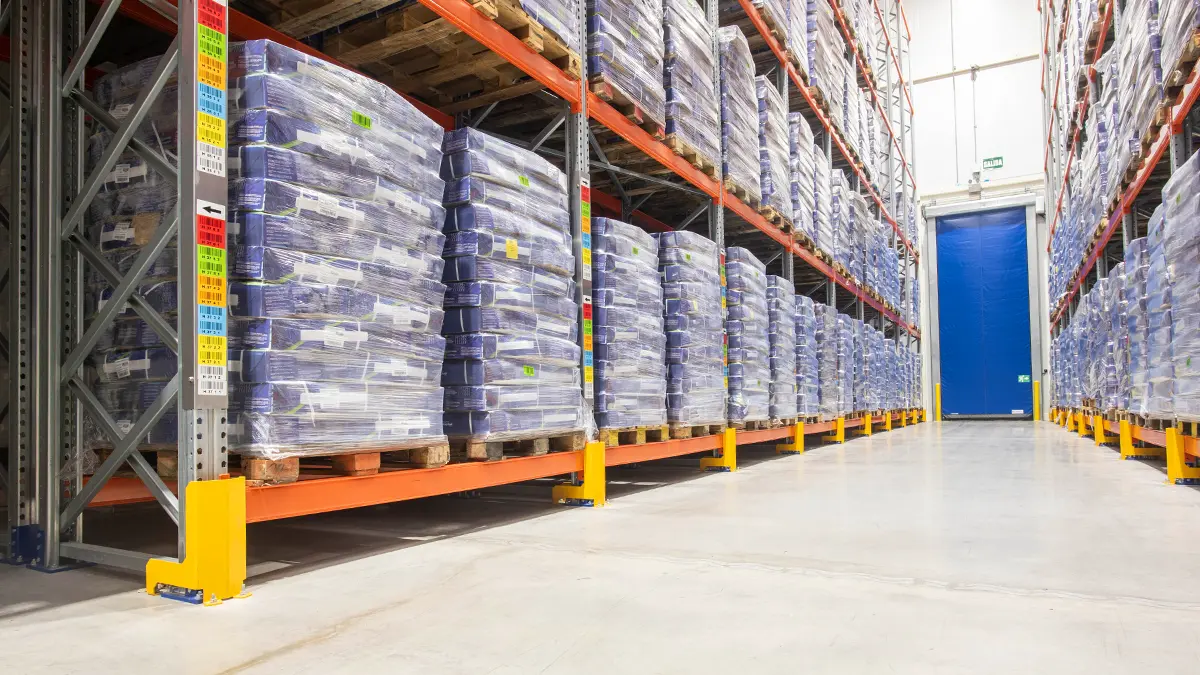
Applications and common uses
The European pallet is widely used in sectors such as the food, pharmaceutical, automotive, and consumer goods industries. Its versatility makes it ideal for both manual and automated warehouses, adapting to various logistical needs. In the food industry, for example, europallets are essential for the transport and storage of perishable products, ensuring their integrity and freshness. In the pharmaceutical industry, europallets facilitate the safe handling and storage of medicines and healthcare products.
Maintenance and lifecycle
To prolong the lifespan of the European pallet, it is important to perform proper maintenance, such as regular inspection for damage and the repair or replacement of defective components. Its durability and recyclability make it an economical and eco-friendly option. Wooden pallets can be repaired multiple times before being recycled, reducing the need to produce new pallets and minimising environmental impact. Additionally, recycling wooden pallets contributes to the circular economy, promoting the reuse of materials and the reduction of waste.
Conclusion
The European pallet is a key component in modern logistics, offering advantages in terms of efficiency, sustainability, and compatibility with advanced storage systems. Its use contributes to a more agile and sustainable supply chain, facilitating the transport and storage of goods across various industrial sectors.
AR Racking's storage solutions, specifically designed for europallets, optimise space and improve operational efficiency, ensuring the safe handling of goods. In summary, the European pallet and AR Racking's racking systems are essential elements for efficient and sustainable logistics in the modern world.




